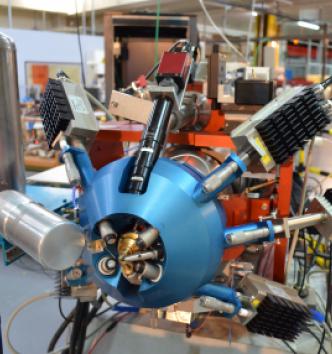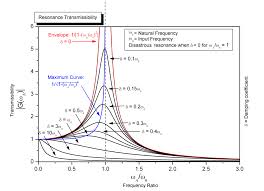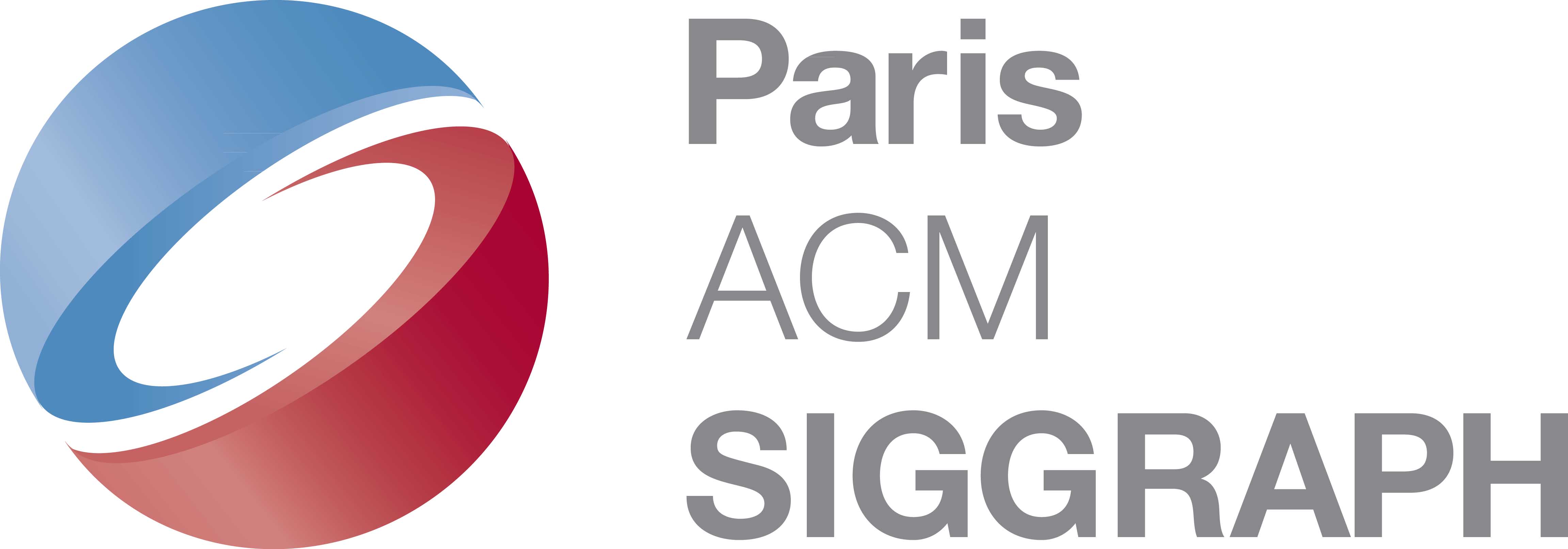Art and Science
Last revised 10/10/2014. Return to Major concepts.
A very large topic, and so more if you include "human sciences" like psychology or history. We can distingunish severa facets of the topic.

Aglae, the C2RMP particle accelerator, used for works analysis.
- Use of scientific techniques for/within artistic creation.
For digital art, computer science is evidently basic. It's specially important for interactive works as well as generative art.
Chemistry, for example, has been used early by painters to get new pigments and bonds (oil, acrylics...).
Some artistic currents are by some aspects scientific experiments: impressionism, Bauhaus.. They open interesing skylines, but generally fall short for lack of experimental methodology and theoretical elaboration.
- Use of scientific techniques for art analysis, critic and restoration
For example to check the period and the authenticity of a work (mosly: is the author really what the seller pretends). A specialty of (for exammple) the C2RMF laboratory in Paris.
- Scientific aspects of aesthetics
See our Aesthetics notice.
 Berger/Uncanny.pdf
Berger/Uncanny.pdf
There is a sort of "uncanny peak in aestheric theory, which could find ispiration from the physical resoncance (image from Wikipedia). See our Laval 2013 paper.
- Art used as a communication means for science.
Information, teaching, education, and even research itself (for example, graphic presentations of experimental results in nuclear research centers.
Some references
- La science n’est pas de l’art : brèves rencontres... par Jean-Marc Levy-Leblond.
Paris : Hermann, 2010. This essay, written by a physicist raises an objection against a reconciliaion of science and art. It critics the humanist project and supports the thesis of a human culture organisez in different knowledge fields.
< Digital art, its art and science. by Yue-Ling Wong. Pearson 2009.
- "La science et l'art se trouvent inévitablement séparés. Toute tentative de "réunir les deux" doit être considérée comme suspecte. La science traite de la réalité en des termes rationnels, à valeur unique qui sont constamment mis en relation avec un langage plus accssible. L'Art traite de la réalité en des termes irrationnels et poétiques. L'Art permet des interruptions que la scince ne peut tolérer". Billy Kluwer, in Interagir avec les technologies numériques (Bruxelles, Contredanse 2004).
< Esthétique et technoscience. by Jean-Claude Chirollet. Published by Pierre Mardaga, Liège 1994.
< La vie mystérieuse des chefs-d'oeuvre. La science au service de l'art. by Madeleine Hours. Catalog of the show in Grand Palais, Paris 1980-1981. Réunion des musées nationaux, 1980.
< Les secrets des chefs d'oeuvre. by Madeleine Hours. Laffont (?) 1988
< The science of art. Optical themes in western art from Brunelleschi to Seurat. by Martin KempYale university press 1990.
- Arts/sciences alliages, by Iannis Xenakis, with interventions
by Olivier Messiaen, Michel Ragon, Olivier Revaults d'Allonnes, Michel Serres
and Bernard Teyssèdre. Casterman 1979.
- Stic (Sciences et technologies de l'information et de la commnication), see the dictionnaire
de Gerbert.
DICCAN'S PARTNERS:

Paris ACM Siggraph, the French chapter of ACM Siggraph, worldwide non-profit organization of computer graphics.
